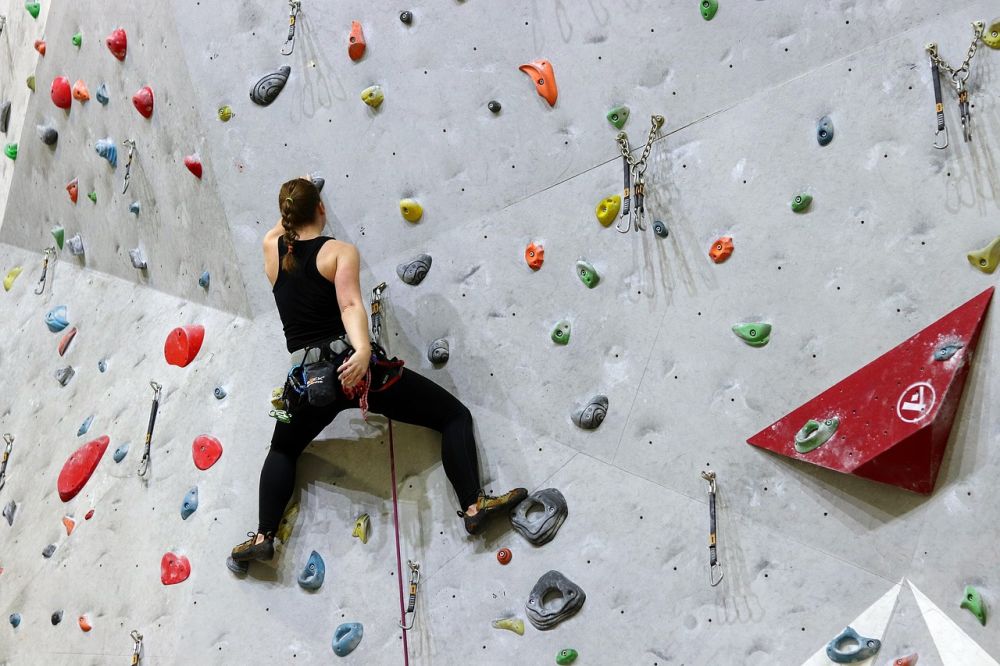Bouldering: A Comprehensive Guide to the Thrilling Sport

Bouldering: An Overview
Bouldering, a popular and exhilarating form of rock climbing, has gained immense popularity worldwide. Unlike traditional rock climbing, bouldering does not require harnesses or ropes, as climbers only ascend to lower heights. This sport focuses on intricate and technical movements, emphasizing strength, balance, and problem-solving skills. Bouldering can be practiced both indoors on artificial walls or outdoors on natural boulders or rock formations.
An In-depth Presentation of Bouldering

Bouldering is categorized into different types based on the height and difficulty levels. The most common types include:
1. Indoor Bouldering: Indoor bouldering facilities offer climbers a controlled environment, making it accessible to all skill levels. Climbers can enjoy various routes and problems designed to challenge their abilities. These gyms provide a safe space for beginners to learn techniques and experienced climbers to hone their skills.
2. Outdoor Bouldering: For those seeking a more challenging experience, outdoor bouldering provides an opportunity to conquer natural rock formations. Climbers must rely on their skills and judgment when navigating these terrains. This type of bouldering offers a closer connection with nature and requires additional precautions, such as checking weather conditions and potential hazards.
Quantitative Measurements in Bouldering
Bouldering involves a set of quantitative measurements that climbers use to assess the difficulty level and track progress. The most commonly used measurements include:
1. Grades: Bouldering routes are rated using a grading system to indicate the difficulty level. The V-scale (Vermin scale) is widely used internationally, with grades ranging from V0 (easiest) to V17 (extremely difficult). Each grade represents a distinct level of challenge, incorporating factors such as strength, flexibility, technique, and problem-solving ability.
2. Problem Completions: Climbers track their progress by recording the number of bouldering problems they complete. This serves as a motivating factor and helps climbers set goals and constantly push their boundaries.
Exploring the Differences in Bouldering Styles
Bouldering varies across different climbing styles, each with its own characteristics and techniques. Some notable variations include:
1. Dynamic Bouldering: This style focuses on explosive, powerful movements, emphasizing coordination and strength. Climbers utilize jumps, swings, and dynamic moves to cover larger gaps or reach difficult handholds.
2. Technical Bouldering: Technical bouldering emphasizes precise footwork, balance, and body positioning. Climbers navigate through intricate holds and utilize their problem-solving skills to decipher routes with minimal use of brute strength.
3. Overhanging Bouldering: Overhanging boulders provide climbers with steep and challenging routes. Climbers must build upper body strength and endurance to tackle these physically demanding problems, often requiring creative movement techniques.
A Historical Perspective on the Pros and Cons of Different Bouldering Styles
Throughout the history of bouldering, climbers have debated the pros and cons of different styles. While dynamic bouldering can provide an adrenaline rush and showcase speed and power, technical bouldering emphasizes finesse and precision. Overhanging bouldering, on the other hand, challenges climbers to push their physical limits.
The choice of bouldering style often depends on individual preferences, strengths, and goals. Some climbers may prefer the thrill and excitement of dynamic movements, while others prefer the mental engagement and problem-solving aspects of technical bouldering.
In conclusion, bouldering offers a unique and immersive experience for climbers of all skill levels. Whether practiced indoors or outdoors, this sport demands physical and mental resilience, while also providing a sense of accomplishment and connection with nature. With its diverse styles and grading systems, bouldering continues to captivate enthusiasts worldwide.
References:
– Climbing.com: The Bouldering Essentials Guide
– USA Climbing: Bouldering Competition Rules and Grading System





















